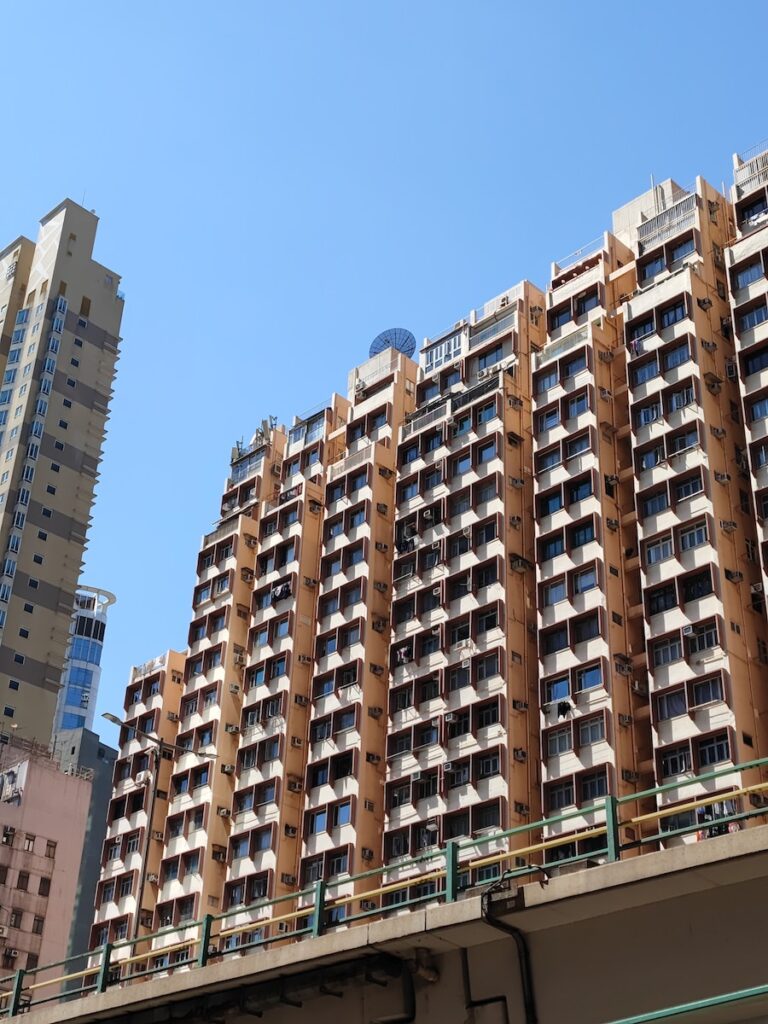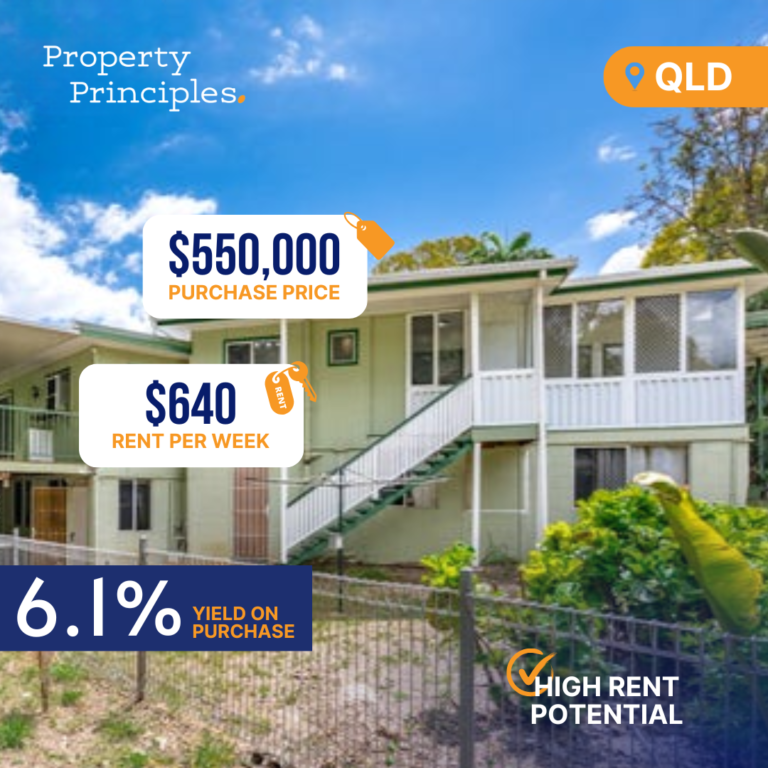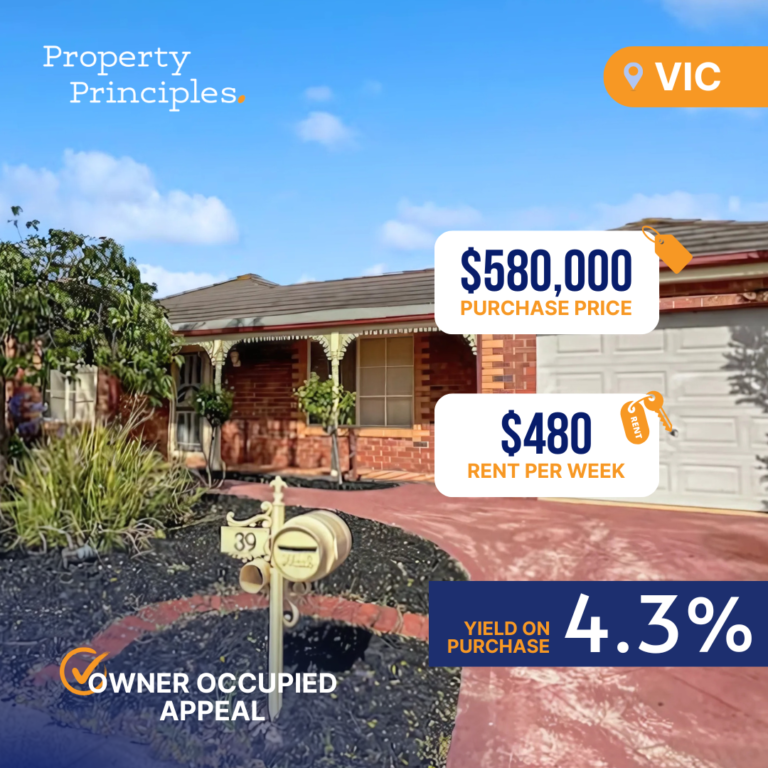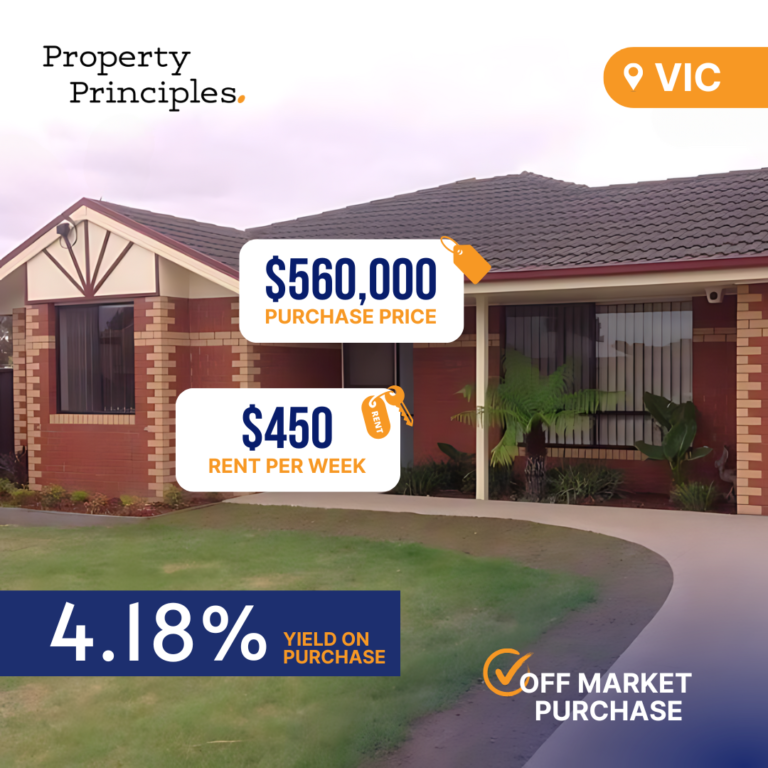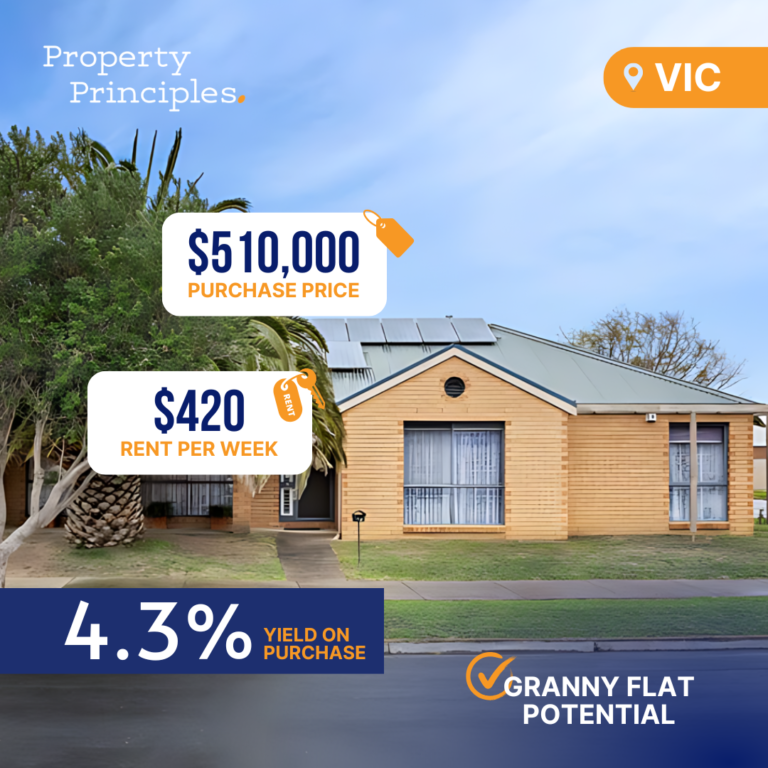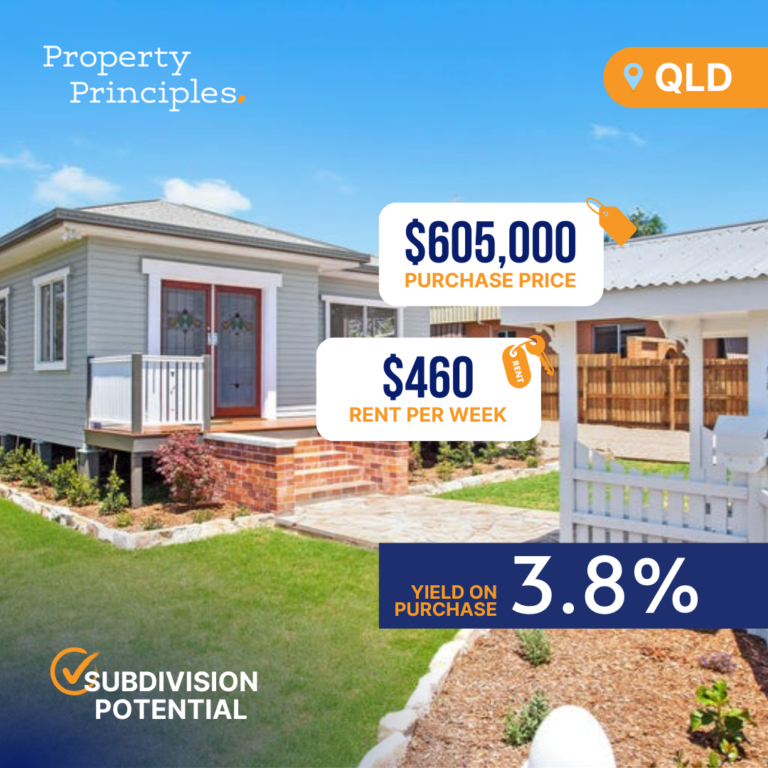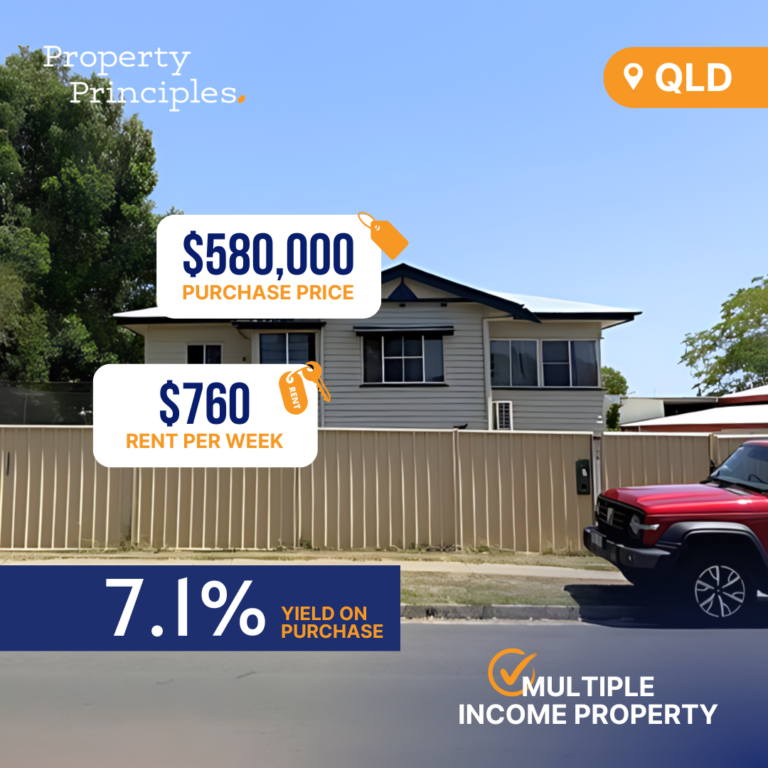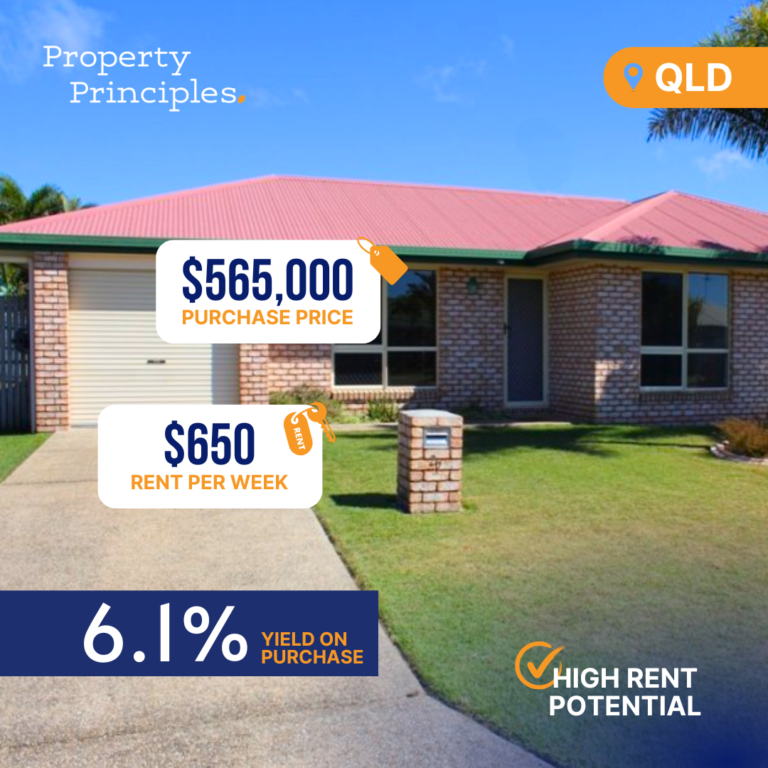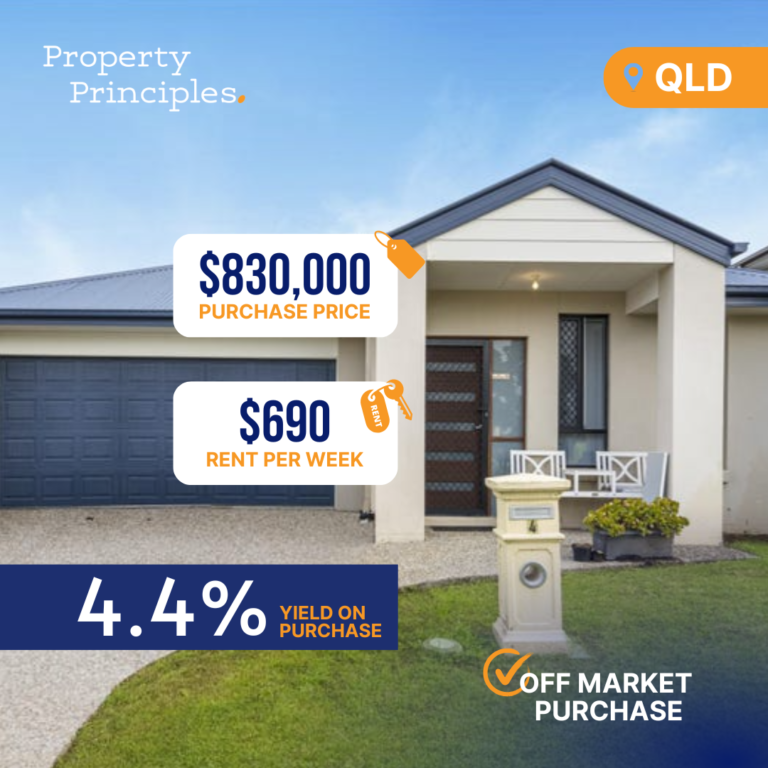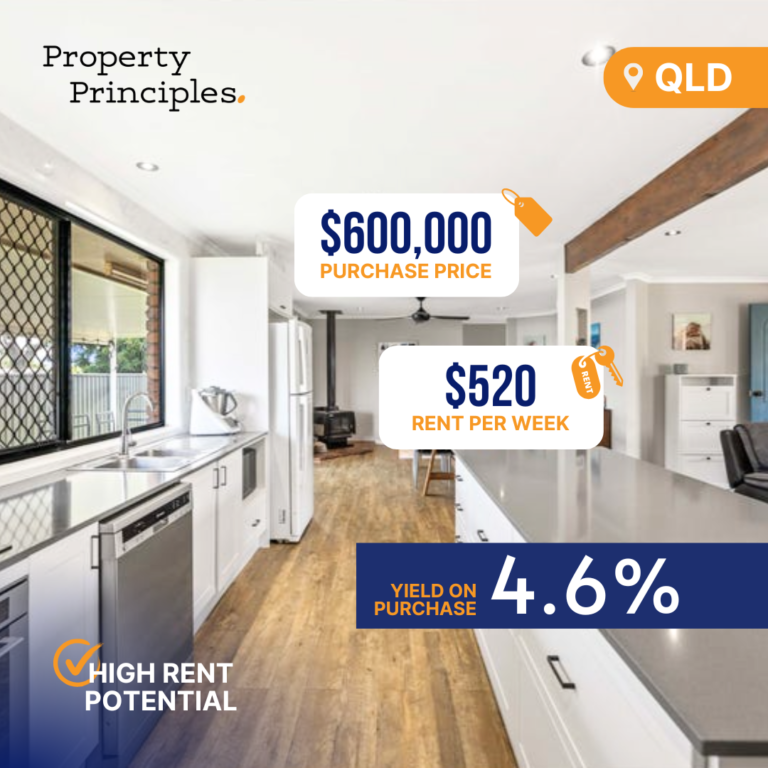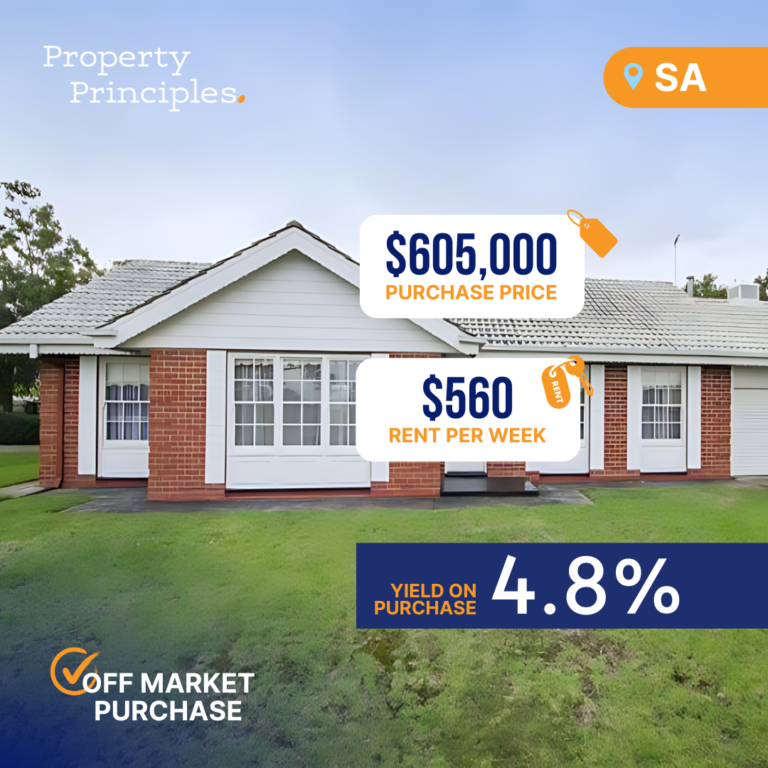Australia’s real estate market has been witnessing a significant rise in the medium to high-density housing sector in recent years. In fact, CoreLogic estimates indicate that units made up 25.9% of national housing stock and around 30.4% of Australia’s capital city housing stock in August, up from 19.6% and 22.9% respectively at the start of 2010. This growth is particularly notable in major capitals like Sydney and Melbourne as well as the Australian Capital Territory (ACT), where limited land supply has made low-density dwelling development a challenge.
Units offer an attractive option for Australia’s growing population, providing a more affordable entry point for first home buyers, a lower maintenance choice for investors, and a suitable alternative for downsizers. With a median value of $637,593, capital city units are around 30% cheaper than capital city houses. However, the latest National Housing Finance and Investment Corporation (NHFIC) report forecasts a national housing deficit of approximately 106,300 by 2027 (later upgraded to 175,000), with around 59% of the shortfall expected in the unit market.
Recent ABS data reveals that unit approvals and completions have been below average. In fact, in July, 4,490 units were approved for construction, marking a 19.9% decline from the month prior and a 39.8% decrease below the decade average. This trend of new unit approvals has been mostly below the decade average since mid-2018 and well below the trend in house approvals since late 2017.
Several factors are contributing to this cautious approach by developers and consumers alike, including uncertain economic conditions, weaker capital gains, high construction costs, a tight labor market for trades, and rising interest rates. With fewer unit projects in the construction pipeline, it’s likely that completions will continue to decline, and units will make up a smaller portion of new housing stock in the coming years.
Though the pipeline of unit projects yet to be completed is relatively high – with unit commencements increasing from 12,782 in the December quarter of last year to 19,981 in the first quarter of 2023 – both unit commencements and the total number of approved units in the pipeline remain below the highs of the mid-2010s. This indicates that while demand for housing remains high, unit construction may fail to reach new heights.
On the demand side, stronger-than-expected net overseas migration has driven housing demand. High overseas arrivals and a 25% drop in departures relative to the pre-COVID average have led to record high net overseas migration of 454,400 people in the year to March 2023. This equates to an additional 181,723 households, with high-density markets in major cities being particularly impacted.
The influx of long-term migrant arrivals is already being felt in the rental market, as many choose to rent before buying. Capital city unit rents reached a new record high annual growth rate in the year to May (16.5%), though this has since eased slightly by August (14.9%). With net overseas migration expected to remain high, unit rents are likely to stay elevated for some time.
Looking ahead, the combination of heightened demand, rising interest rates, and low consumer sentiment may temper unit demand and price growth in the short term. However, once the construction pipeline is exhausted, Australia may face a gap in new unit supply. If the cash rate eases in 2024, this could further boost purchasing demand and potentially fuel a more significant price boom in the unit market.

